Origin of oil palm
During the 14th to 17th centuries some palm fruits were taken to the Americas and from there to the Far East. The plant appears to have thrived better in the Far East, thus providing the largest commercial production of an economic crop far removed from its centre of origin.
Palm oil is rich in carotenoids, (pigments found in plants and animals) from which it derives its deep red colour, and the major component of its glycerides is the saturated fatty acid palmitic; hence it is a viscous semi-solid, even at tropical ambients, and a solid fat in temperate climates.
| Ideal composition of palm fruit bunch | |
|---|---|
| bunch weight | 23-27kg |
| fruit/bunch | 60-65% |
| oil/bunch | 21-23% |
| kernel/bunch | 5-7% |
| mesocarp/bunch | 44-46% |
| mesocarp/fruit | 71-76% |
| kernel/fruit | 21-22% |
| shell/fruit | 10-11% |
The extensive development of oil palm industries in many countries in the tropics has been motivated by its extremely high potential productivity. The oil palm gives the highest yield of oil per unit area compared to any other crop and produces two distinct oils – palm oil and palm kernel oil – both of which are important in world trade.
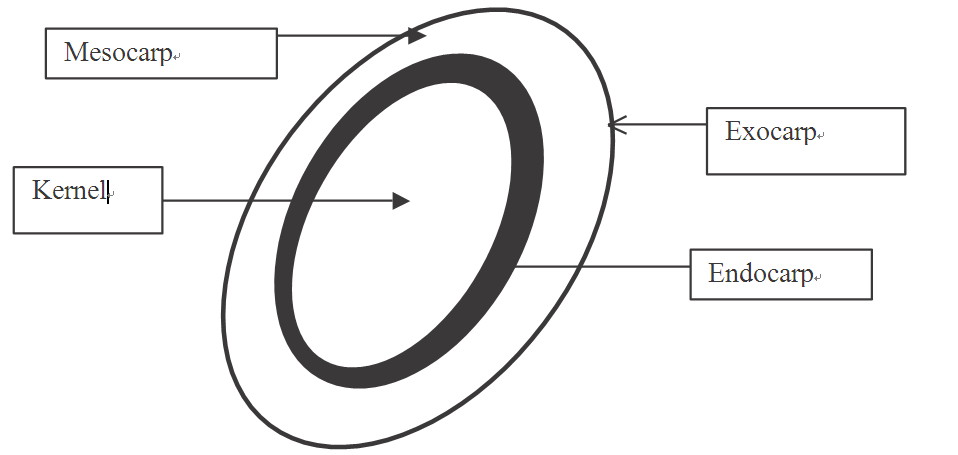
Modern high-yielding varieties developed by breeding programs, under ideal climatic conditions and good management, are capable of producing in excess of 20 tonnes of bunches/ha/yr, with palm oil in bunch content of 25 percent. This is equivalent to a yield of 5 tonnes oil/ha/yr (excluding the palm kernel oil), which far outstrips any other source of edible oil. However, such high yields are rarely achieved in practice because climatic conditions are usually less than ideal. Rainfall is erratic in Central and West Africa and hence the tree suffer water-related stresses. The management of costly inputs of labour, imported fertilizers, pesticides and harvesting machinery, is also a difficulty that hampers the yield of plantations.
Leave A Message
If you want to know more information about Origin of oil palm. pls kindly leave your phone number, We will back to you ASAP once we got your message.
-
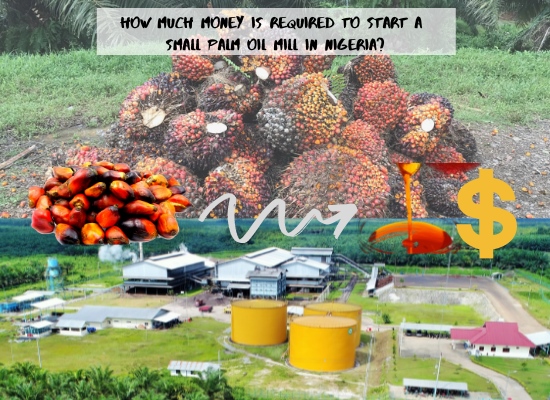
How much it will cost to set up a small scale palm oil mill in Nigeria?
-
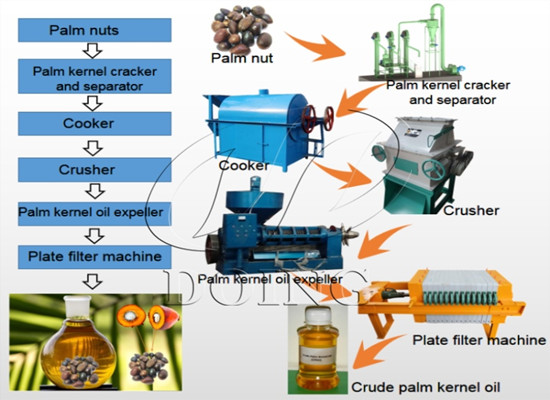
-
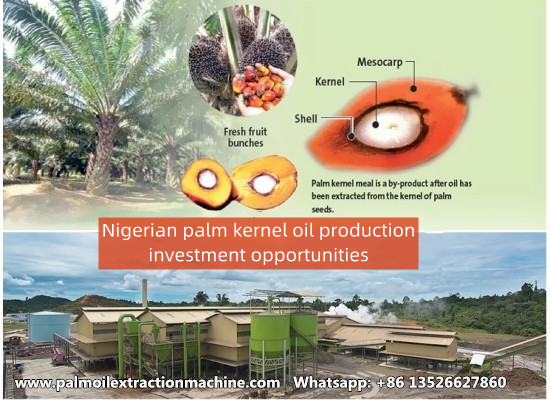
6 Reasons Why Palm Kernel Oil Production in Nigeria is a Smart Investment
-
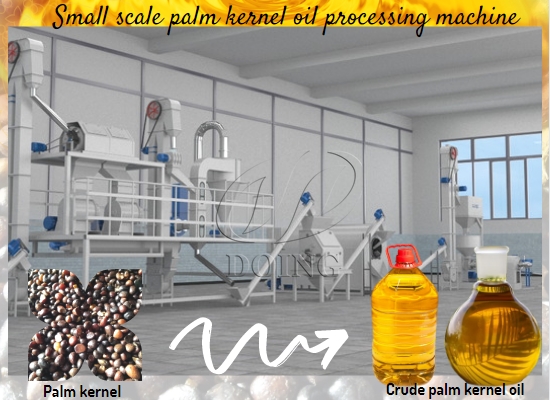
How can I get palm kernel oil in a palm kernel oil processing plant?
-

-
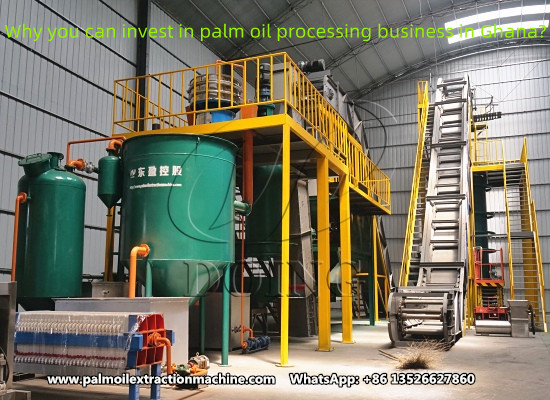
Why you can invest in palm oil processing business in Ghana?
-
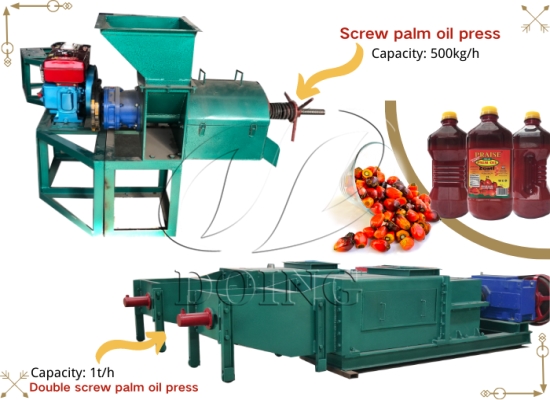
What are reasons that affect the oil yield of palm oil press?
-
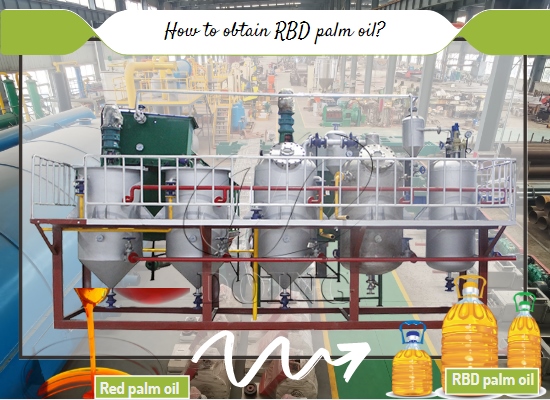
How much does it cost to setup a mini palm oil refining plant?
-
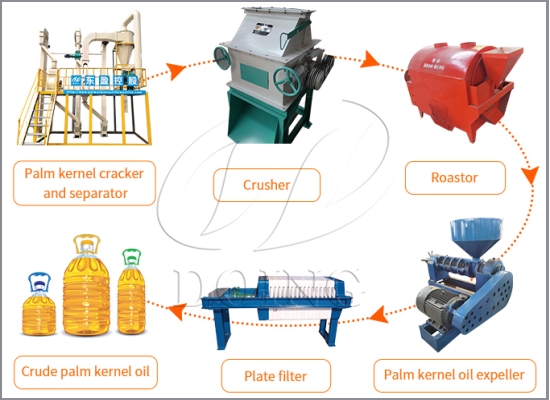
How do I start a palm kernel oil processing plant in Liberia?
-
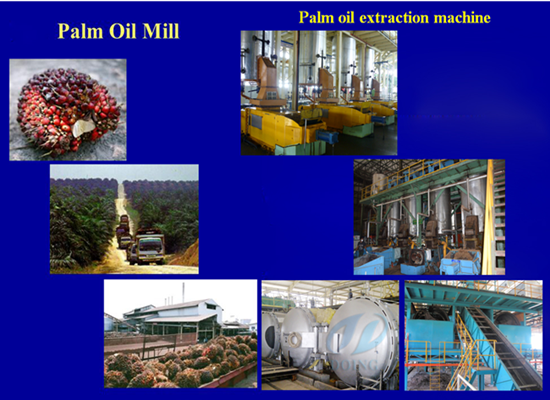
Would it be a profitable business idea to open a palm oil extraction plant in India right now?
-
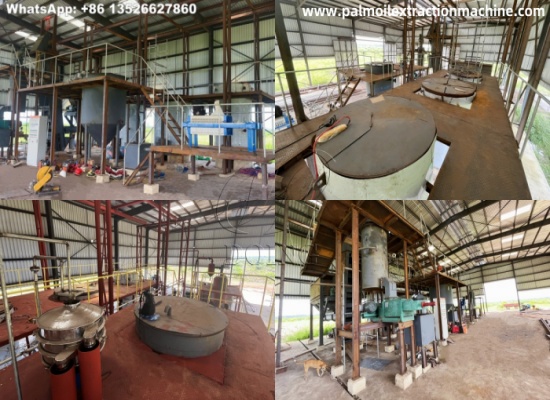
1tph palm oil pressing machines successfully installed in Lagos, Nigeria
-

-
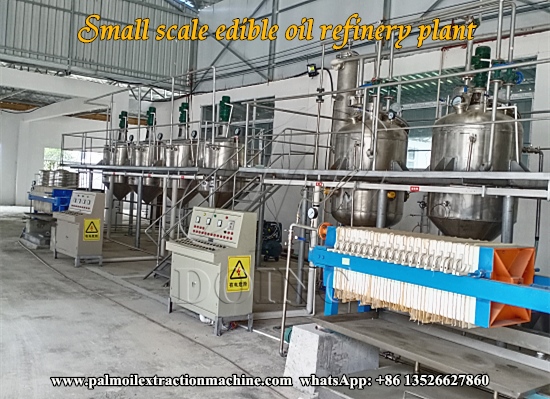
-
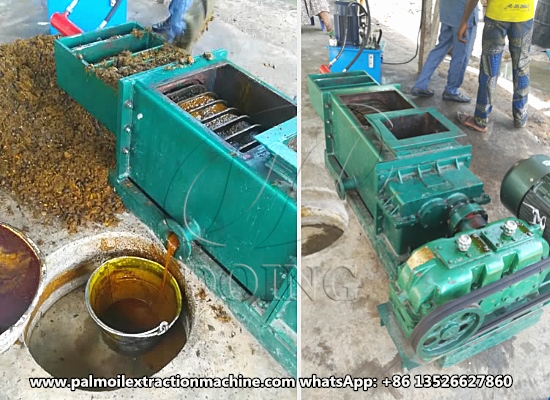
-
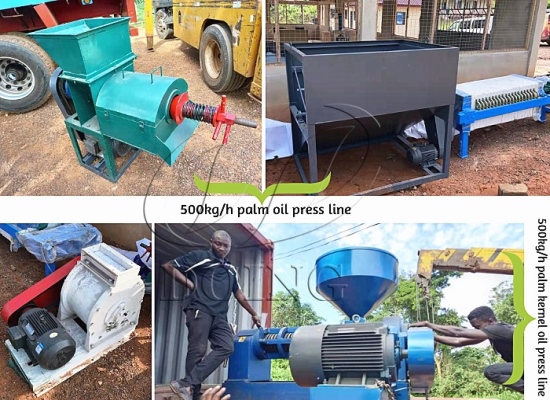
500kg/h palm oil and palm kernel oil processing plant project in Ghana
-
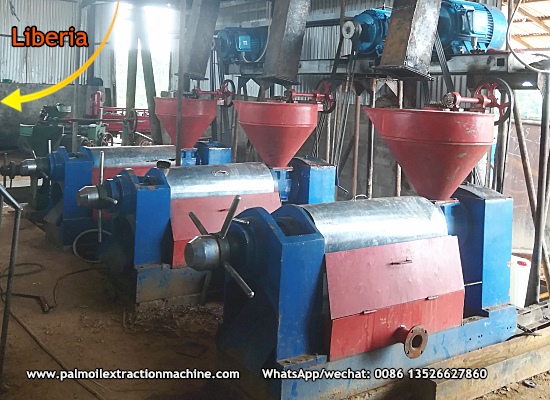
-
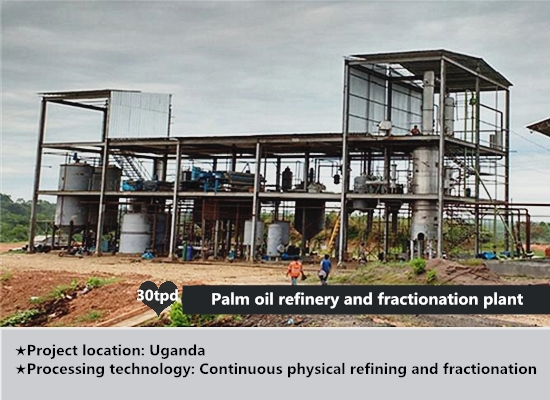
30tpd palm oil refinery and fractionation plant project successfully installed in Uganda
-

Palm kernel crushing and separating machine project in Sierra Leone
-

2-3tph palm kernel cracking and separating machine successfully installed in Akwa, Ibom, Nigeria
-
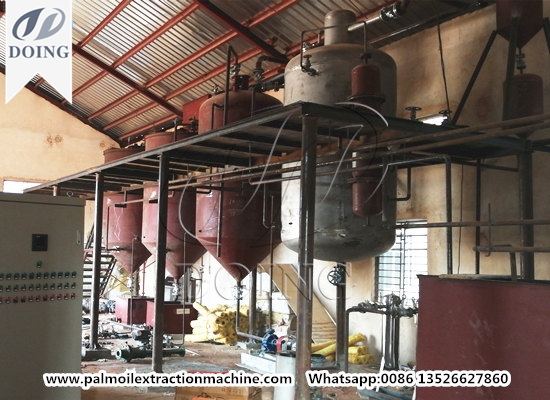
5tpd palm oil refinery and fractionation plant successfully installed in Nigeria




